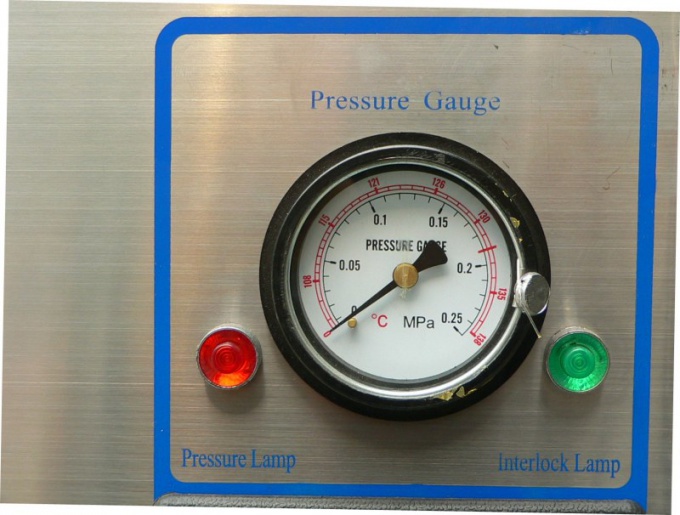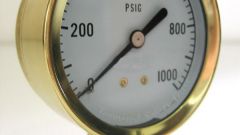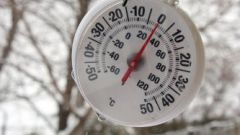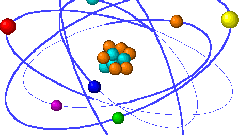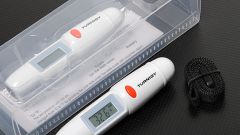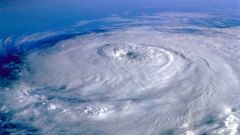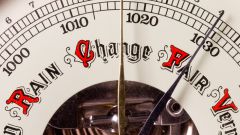Instruction
1
A very close relationship between the liquid temperature and atmospheric pressure. In any liquid there are many small air bubbles having its internal pressure. When heated, these bubbles evaporate saturated vapor of the surrounding liquid. All this continues until, until the internal pressure equals the external (atmospheric). Then, the bubbles can burst – is a process called boiling.
2
A similar process occurs in solids during melting or during the reverse process of crystallization. Solid body consists of crystal lattices, crush that can, if the distance of the atoms from each other. Pressure increases, it acts in the opposite direction pushes the atoms towards each other. Accordingly, in order for the body melted, requires more energy and the temperature rises.
3
The equation of Clapeyron-Mendeleev describes the temperature dependence of the pressure in the gas. The formula is: PV = nRT. R – the gas pressure in the vessel. Since n and R are constants, it is clear that the pressure is proportional to the temperature (at V=const). This means that the higher R, the higher t. This process is due to the fact that when heated, intermolecular space is increased, and the molecules begin to move rapidly in a chaotic manner, and therefore often hit the wall of the vessel containing the gas. The temperature in the equation of Clapeyron-Mendeleev usually measured in degrees Kelvin.
4
There is the concept of standard temperature and pressure: temperature is equal to -273° Kelvin (0 °C) and pressure of 760 mm Hg.
Note
Ice has a high specific heat capacity equal to 335 kJ/kg. Therefore, in order to melt, you need to spend a lot of thermal energy. For comparison, the same amount of energy to heat the water to 80 °C.
